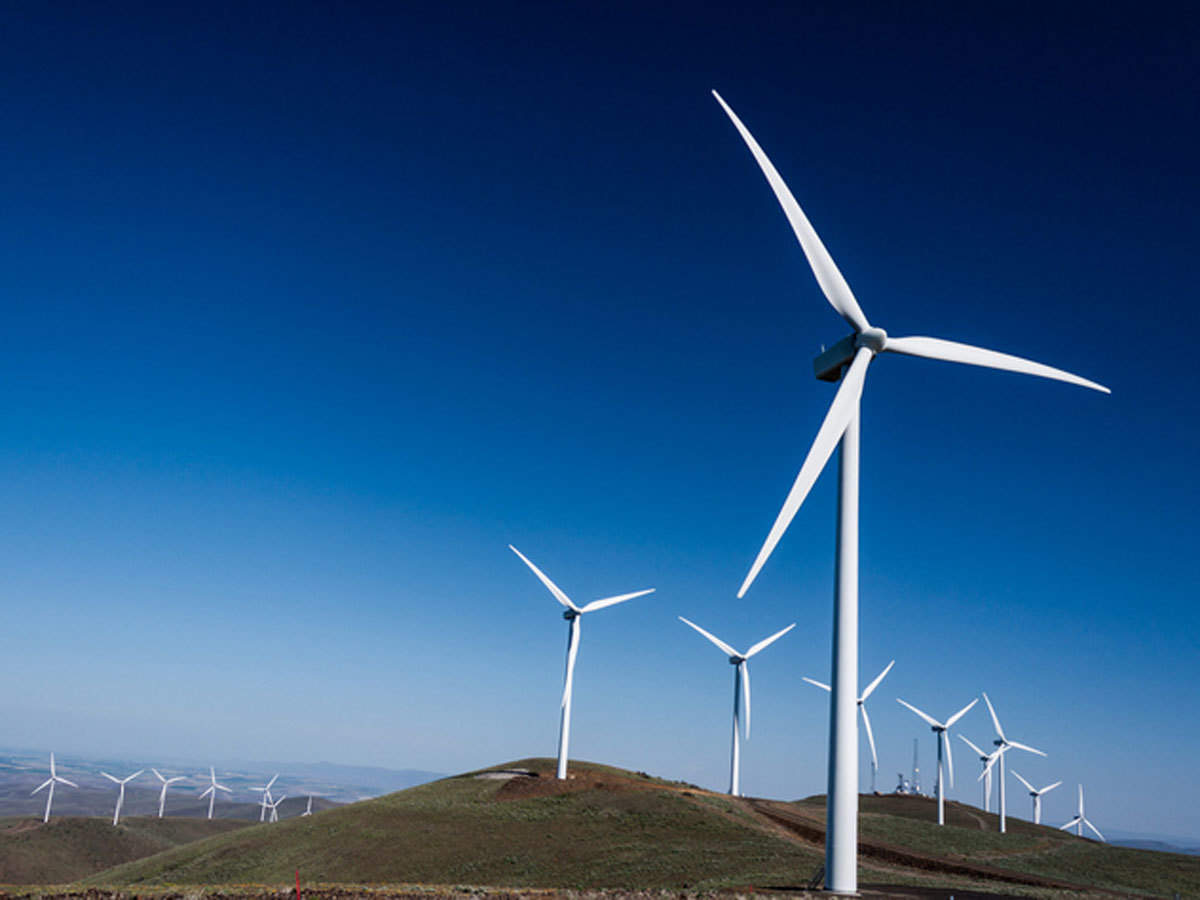
An international team lead by experts at the Indian Institute of Technology (IIT) Jodhpur has recommended offshore wind farms as seismically resilient substitute power sources after realising the importance of cooling power sources in nuclear power plants safety based on prior nuclear disasters. The researchers illustrated the viability of improving the dependability of cooling power at Madras Atomic Power Station in Chennai by using sustainable wind power.
A number of steps are included in the suggested methodology, which was published in an article in the journal Nuclear Engineering and Design. A nuclear reactor’s coolant power requirements are first estimated, then an offshore wind turbine’s design and supporting infrastructure are developed. The chosen offshore wind turbine site underwent a seismic safety examination, taking various scenario levels into account.
The proposed 15 MW offshore wind farm in the Kalpakkam area, which would have three NREL 5 MW turbines supported by monopile foundations, according to researchers from the universities of Surrey in the United Kingdom, Tsinghua, and Institute of Engineering Mechanics in China, could potentially serve as an additional emergency backup power source for satisfying the cooling power needs of existing nuclear power plants.
Utilising cutting-edge numerical models, the monopile foundation for offshore wind turbines was examined under projected dynamic loading circumstances while taking into account seismic liquefaction and soil nonlinearity. When comparing the monopile mudline displacements and bending moments, the nonlinear integrated seismic analyses performed on the proposed offshore wind turbines showed acceptable seismic performance.
Dr. Pradeep Kumar Dammala, Assistant Professor, Department of Civil and Infrastructure Engineering, IIT Jodhpur, “Given India’s pursuit of nuclear energy development and the inevitable presence of seismic and tsunami threats in close proximity, it becomes imperative to enhance the safety of nuclear structures to the highest degree possible.”
“This suggested approach serves as an excellent framework for evaluating the seismic resilience of nuclear power plants and the integration of wind energy sources during interconnected events like earthquakes and tsunamis,” he continued. Five of India’s seven nuclear power plants are situated in seismically active zones III and IV, and three are situated in coastal regions vulnerable to natural disasters like cyclones and tsunamis. Two 220 MW FBRs are housed in Kalpakkam’s Madras Atomic Power Station.











